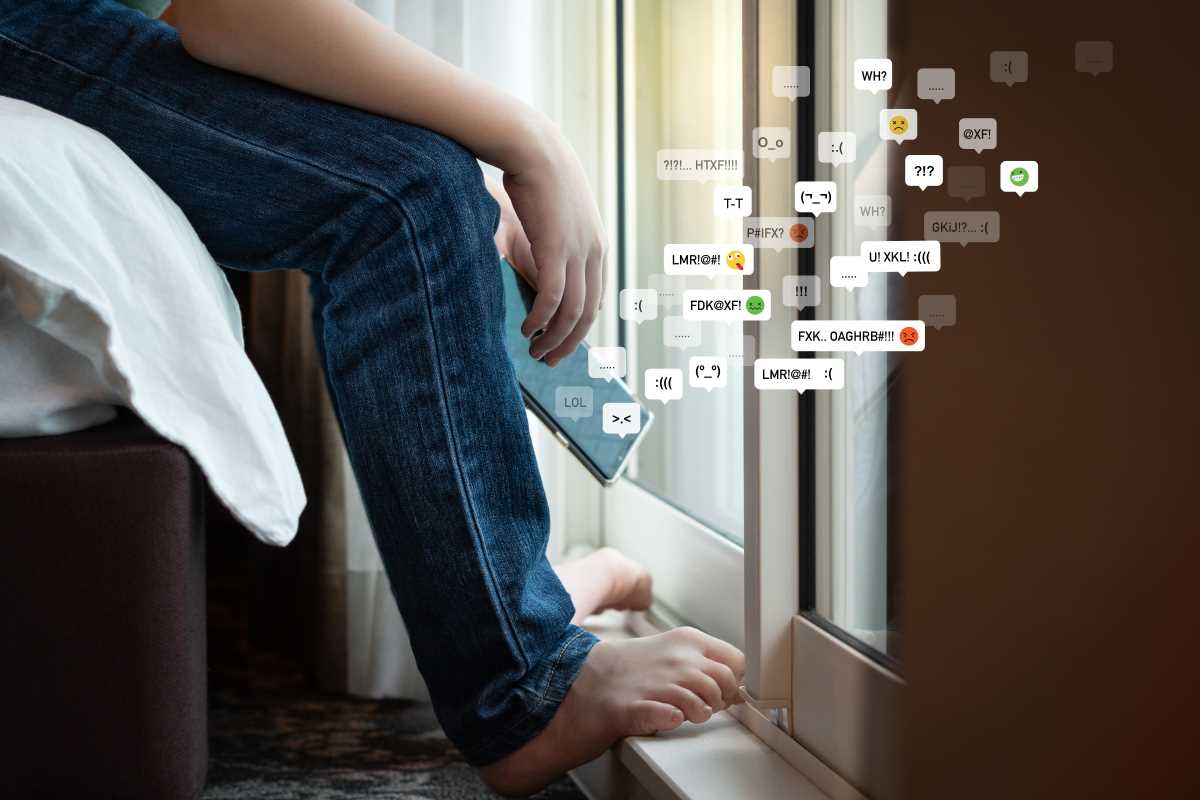Friction between generations is heating up in the workplace. Differing communication styles, work ethic expectations, and views on technology are creating divides. For the first time, five generations are working side-by-side, and leaders are feeling the pressure.
Ignoring this tension is a mistake. A recent report shows 77% of employees have witnessed conflict between different age groups at work. This friction kills productivity and erodes morale. This guide offers clear strategies to bridge the generational gap and build a stronger, more unified team.
Sources of Generational Friction in the Workplace
Conflict often stems from misunderstandings, not malice. Each generation's worldview is shaped by the economic, social, and technological environment of their formative years. Recognizing these differences is the first step toward resolving tension.
Communication Styles Clash
Younger workers, like Gen Z and Millennials, grew up with instant messaging. They prefer quick, direct communication through platforms like Slack or Teams. Older generations, including Gen X and Baby Boomers, are more accustomed to formal emails or face-to-face conversations.
This difference creates friction. A Boomer might see a one-word Slack message as dismissive. A Gen Z employee might view a long email as inefficient. A study found that 70% of workers believe poor communication is their main source of workplace stress.
Differing Work-Life Expectations
Younger employees place a high value on work-life balance and flexibility. Nearly 81% of Gen Z workers see it as a top priority when choosing an employer. They expect to have control over their schedules and the option for remote work.
In contrast, many older workers come from a culture where long hours in the office were the norm and a sign of dedication. This can lead to judgment, with older employees viewing younger colleagues as less committed. Younger workers, in turn, may see the traditional 9-to-5 model as outdated and rigid.
Technology Divides Teams
The digital divide is another major source of conflict. Younger employees are digital natives, comfortable adopting new technologies quickly. Older workers, while often highly skilled, may have a steeper learning curve with new software.
This can lead to frustration on both sides. Younger staff may feel held back by slower adoption rates. Older employees might feel disrespected or rushed when they need more time and support to learn a new system.
How to Bridge the Generational Gap
Effective leaders don't pick a side. They build a bridge. Your role is to foster an environment of mutual respect where every generation's strengths are valued.
1. Establish Clear Communication Protocols
Do not let communication styles become a battleground. Create clear guidelines for how the team communicates. This removes ambiguity and sets a professional standard for everyone.
- Define Channel Purpose: Specify which tool to use for what. For example, use Slack for quick questions, email for formal updates, and video calls for detailed discussions.
- Set Response Time Expectations: Clarify expected response times for each channel. This prevents a Millennial from feeling ignored on Slack and a Boomer from feeling bombarded with instant messages.
- Coach on Communication Nuances: Train your team on intergenerational communication. Help younger staff understand the value of context in an email and older staff appreciate the efficiency of instant messaging.
2. Focus on Shared Goals, Not Processes
Stop focusing on how the work gets done and start focusing on the results. Granting autonomy allows employees to use their preferred methods while remaining accountable for the outcome.
- Define Success Clearly: Set clear, measurable goals for projects. When everyone knows what success looks like, they can work toward it in the way that is most effective for them.
- Trust Your Team: A manager who trusts their team doesn't care if an employee works from a coffee shop or from the office, as long as the work is excellent. This approach empowers younger workers who value flexibility and respects the experience of older workers.
3. Create a Reciprocal Mentorship Program
Leverage the unique strengths of each generation by pairing them up. A reciprocal mentorship program breaks down barriers and fosters respect.
- Pair Up for Mutual Benefit: Match a seasoned veteran with a tech-savvy newcomer. The younger employee can help the older one master a new software, while the veteran can share deep industry knowledge and career advice.
- Structure the Program: Don’t just hope they connect. Provide a framework with suggested meeting times and topics for discussion. This ensures the partnership is productive.
This strategy transforms a source of tension into a powerful opportunity for knowledge sharing and professional growth.
Creating a Cohesive, Multi-Generational Team
Building a unified team is an ongoing process. It requires leaders to be intentional about creating an inclusive culture where everyone feels they belong.
Foster Empathy and Understanding
Create opportunities for team members to learn about each other's perspectives.
- Facilitate "Get to Know You" Sessions: Dedicate time in team meetings for employees to share their professional journeys or discuss their working styles. Hearing a colleague’s story builds empathy.
- Address Stereotypes Openly: Hold a workshop to discuss and dismantle generational stereotypes in a safe and moderated environment. Bringing these biases to light is the first step in eliminating them.
Lead with Inclusivity
Your behavior sets the tone for the entire team. You must model the inclusive behavior you expect from others.
- Value All Input: In meetings, actively solicit opinions from everyone, regardless of age or seniority. Make it clear that every voice matters.
- Recognize Diverse Contributions: When you praise your team, highlight different types of contributions. Celebrate the veteran employee's strategic insight and the younger employee's innovative use of a new tool.
 (Image via
(Image via




.jpg)
